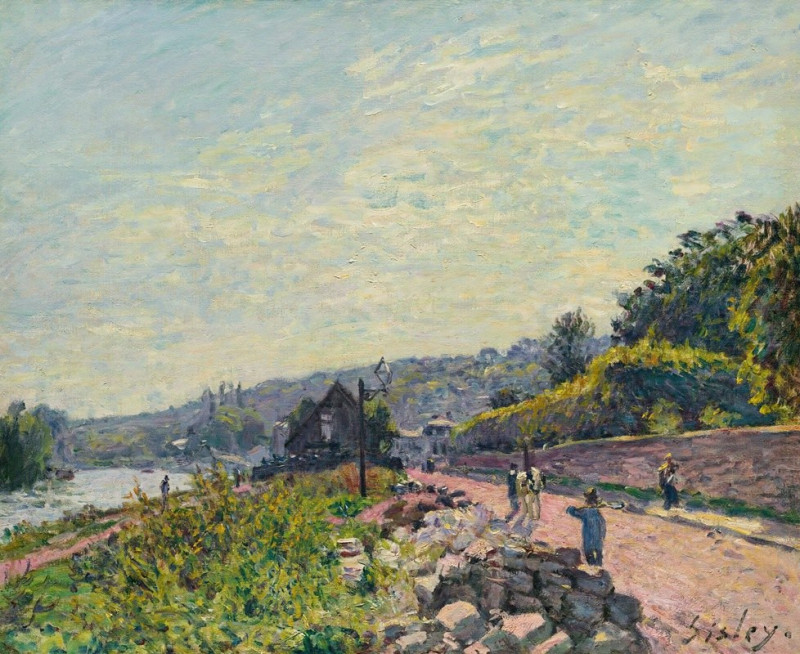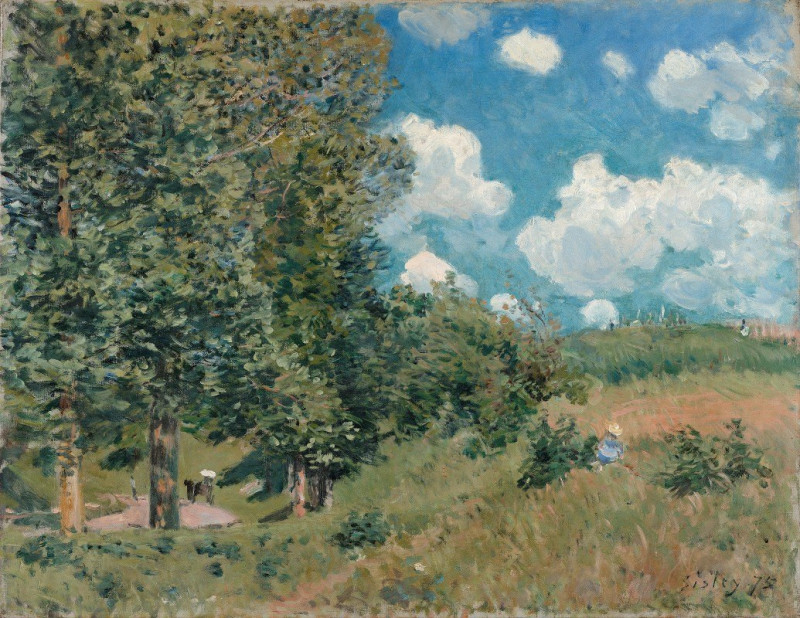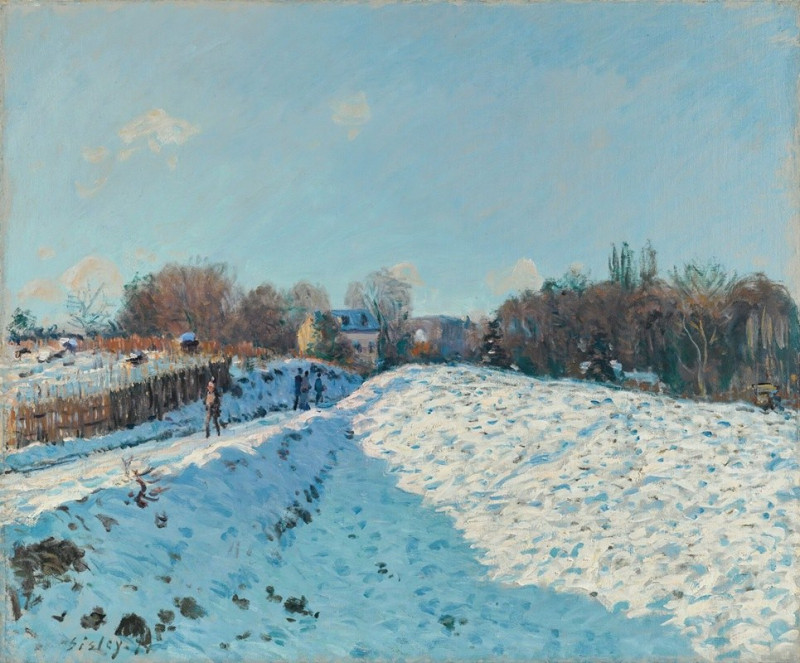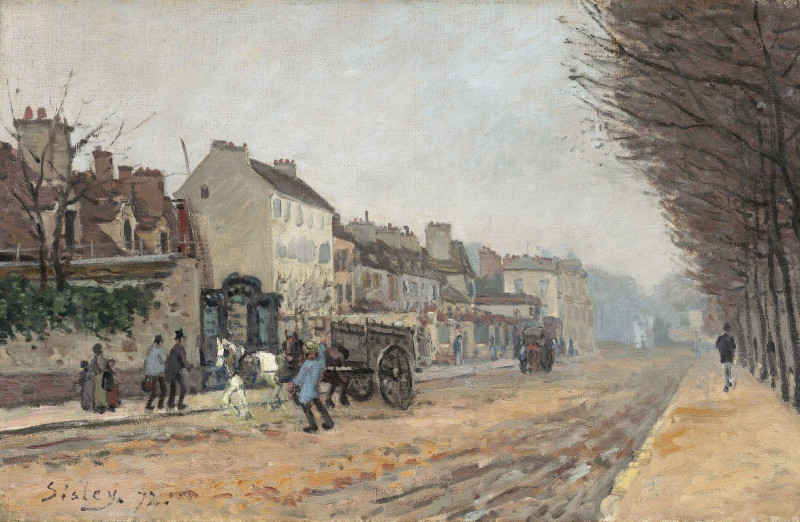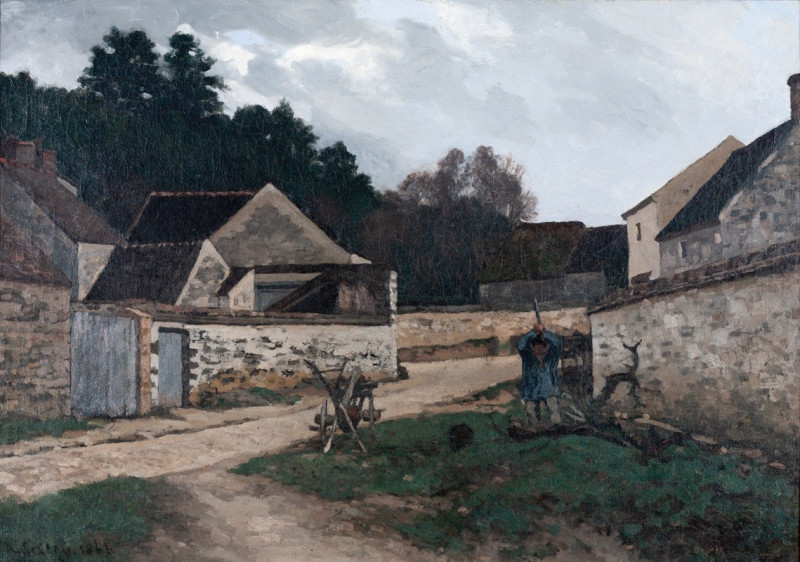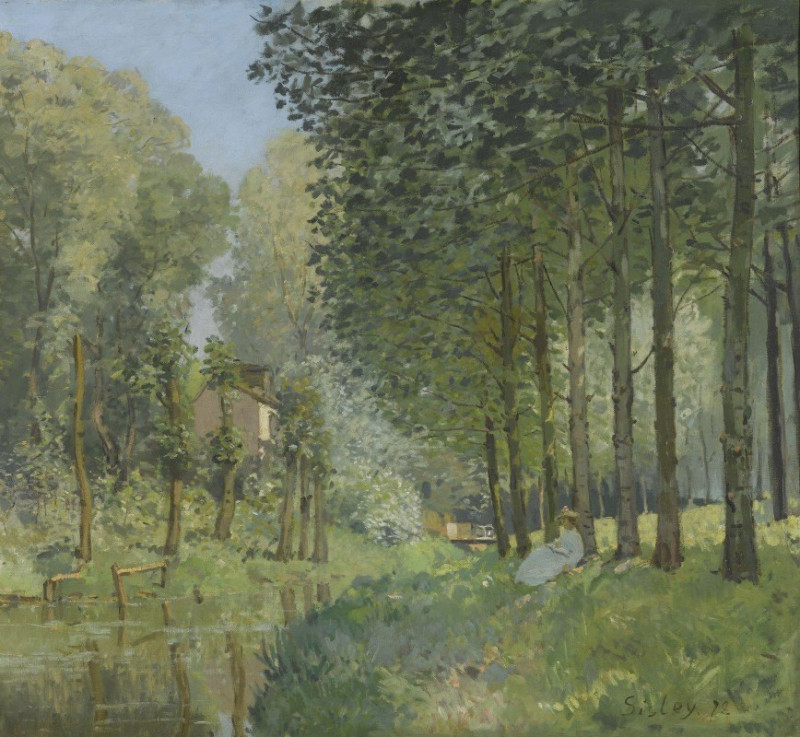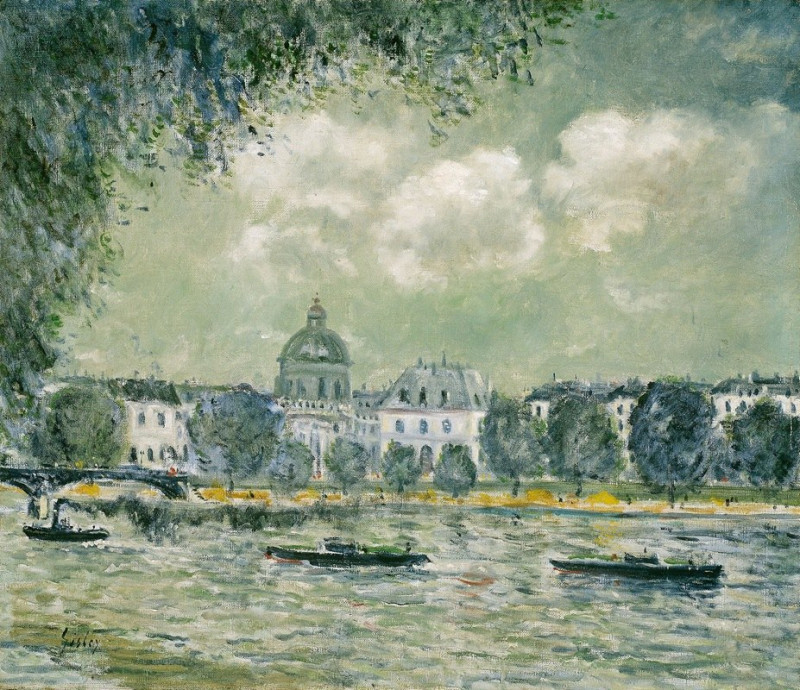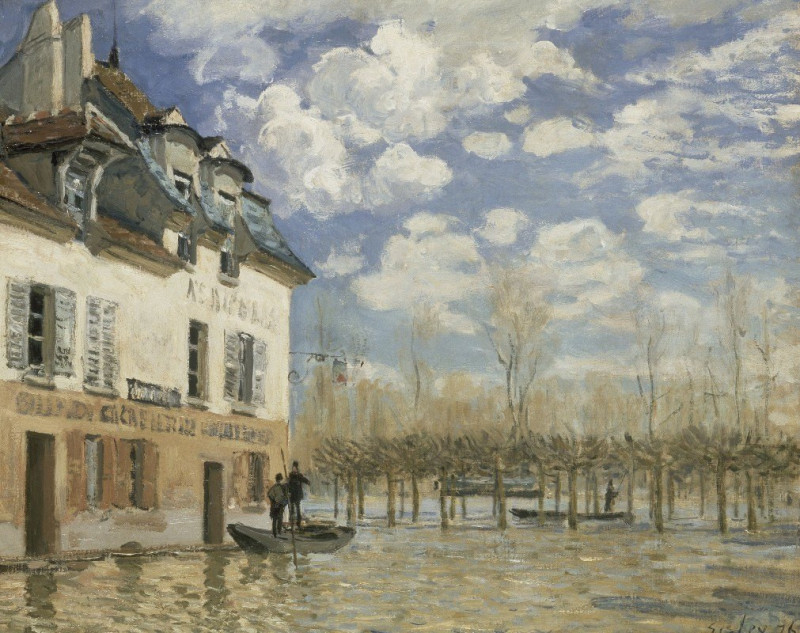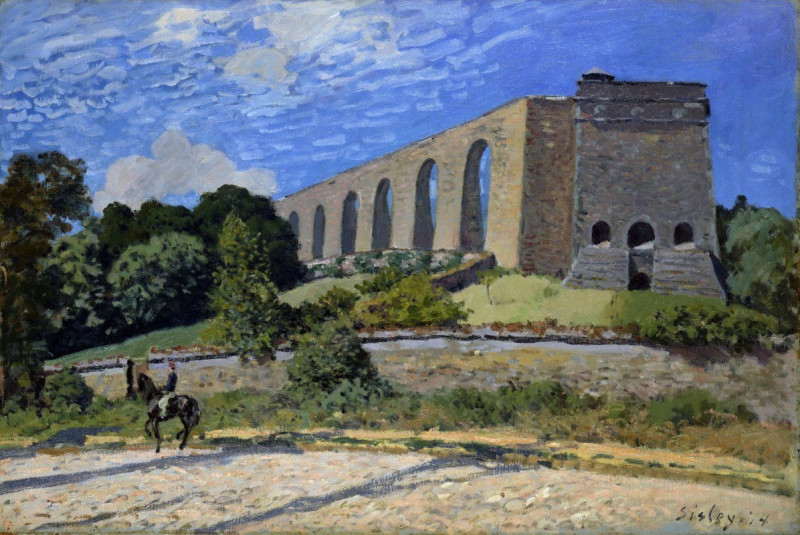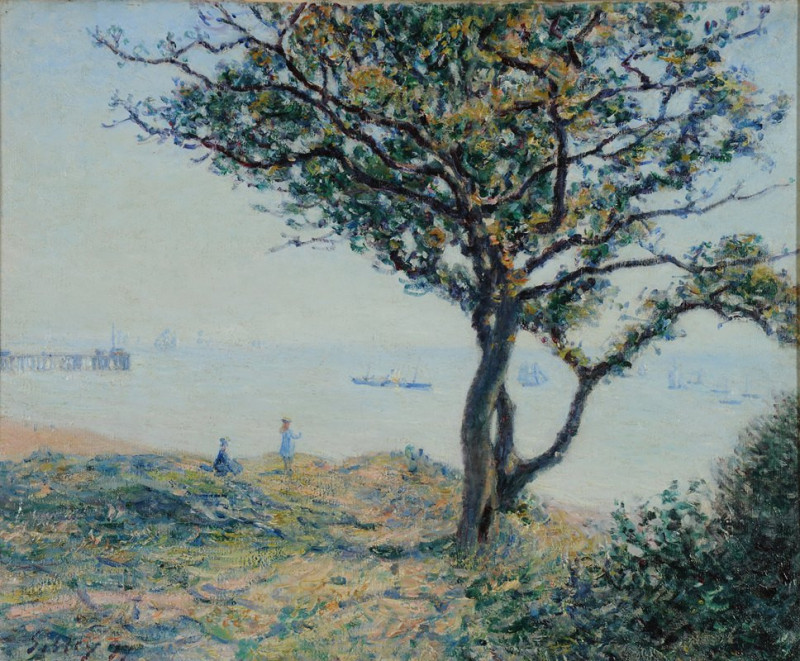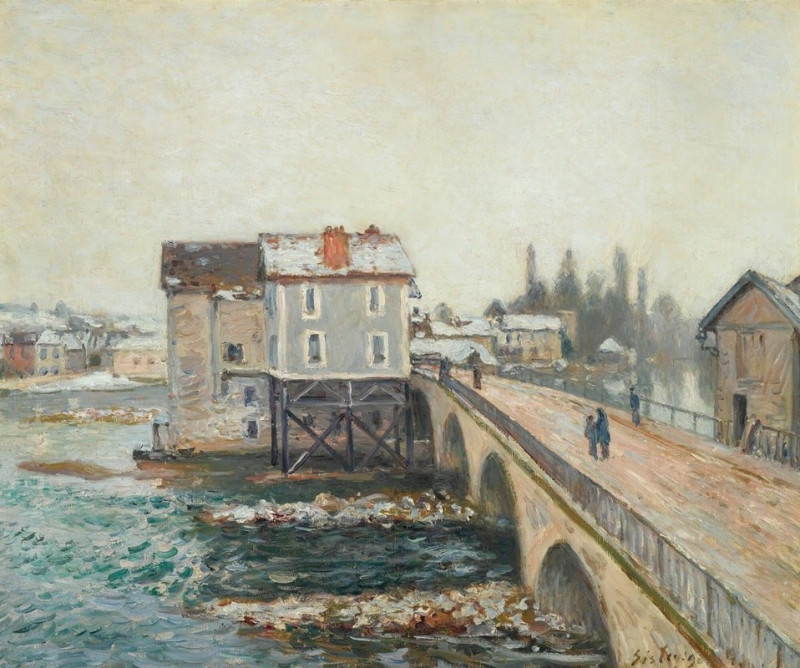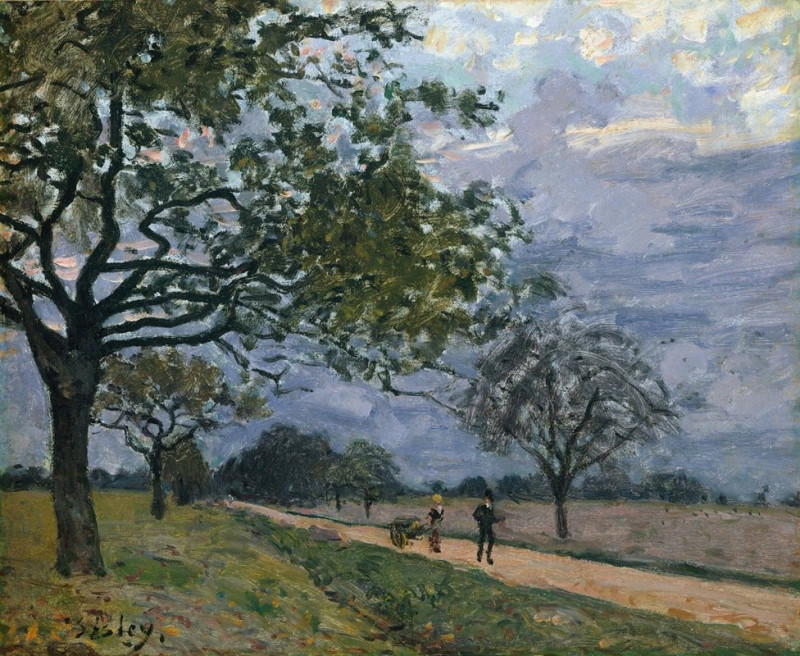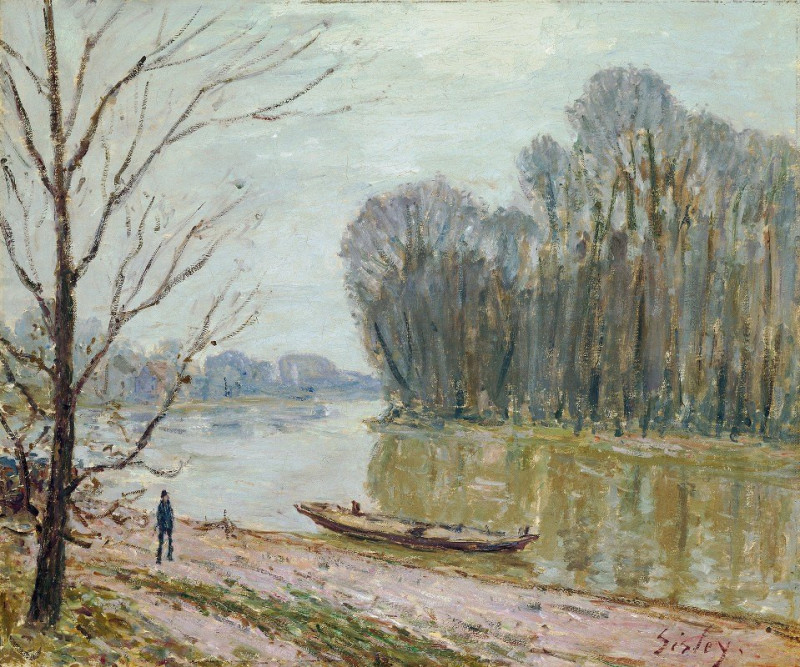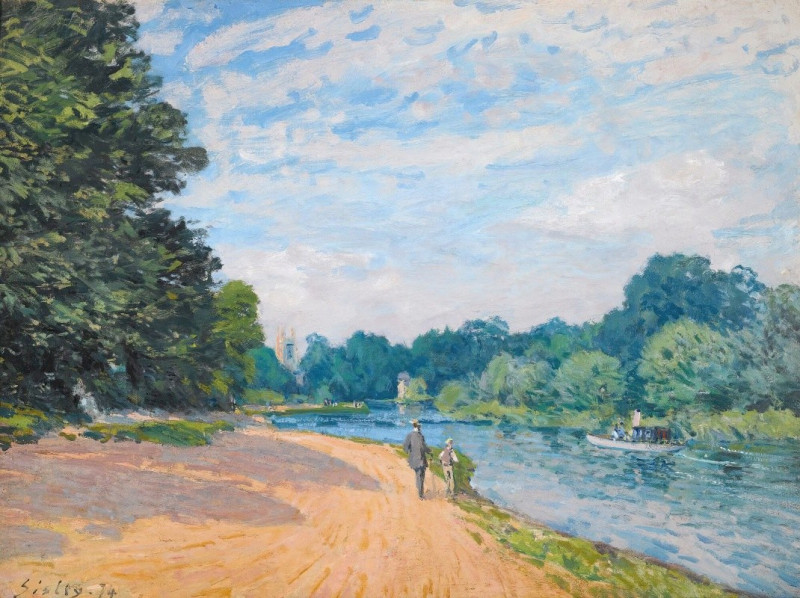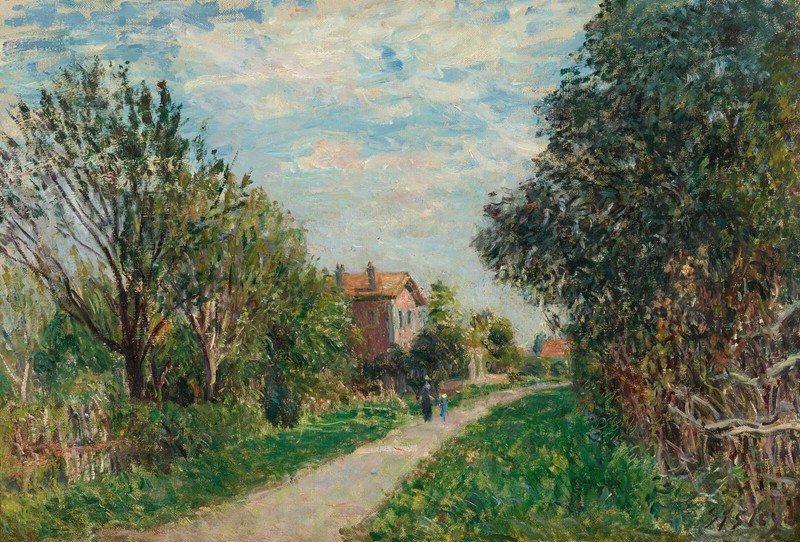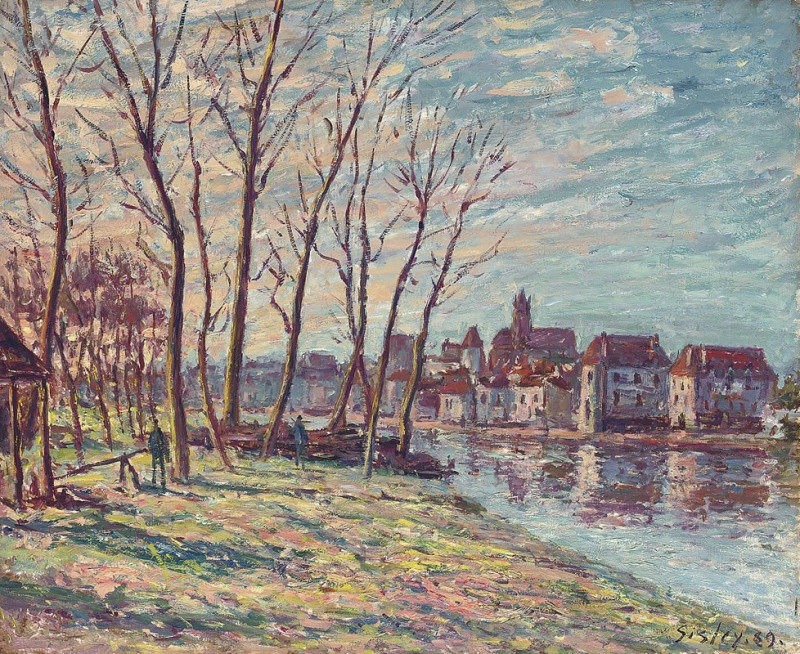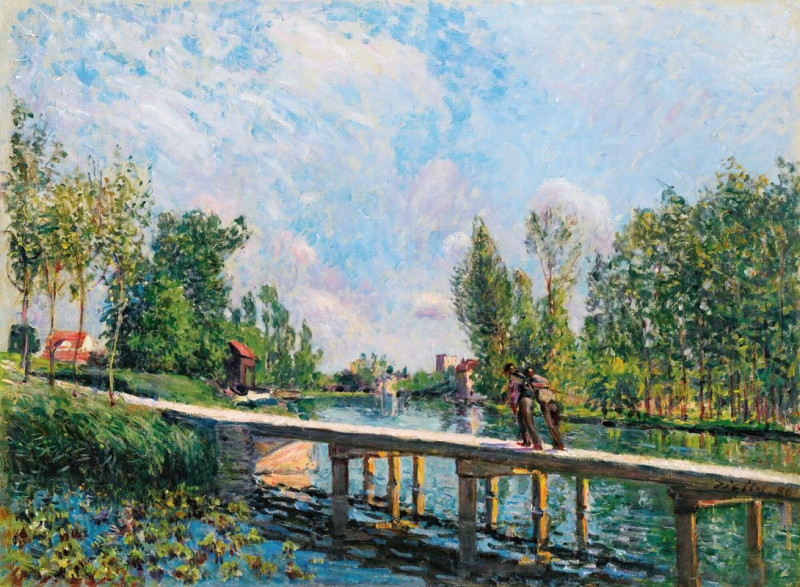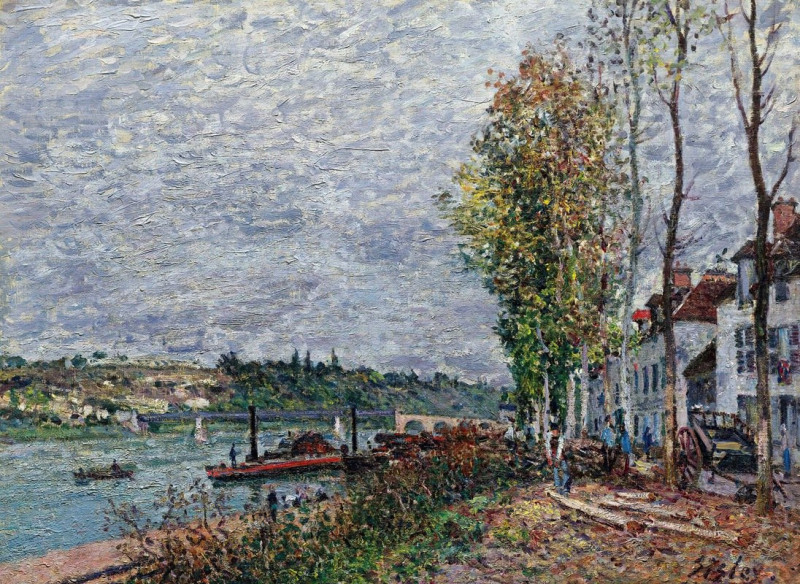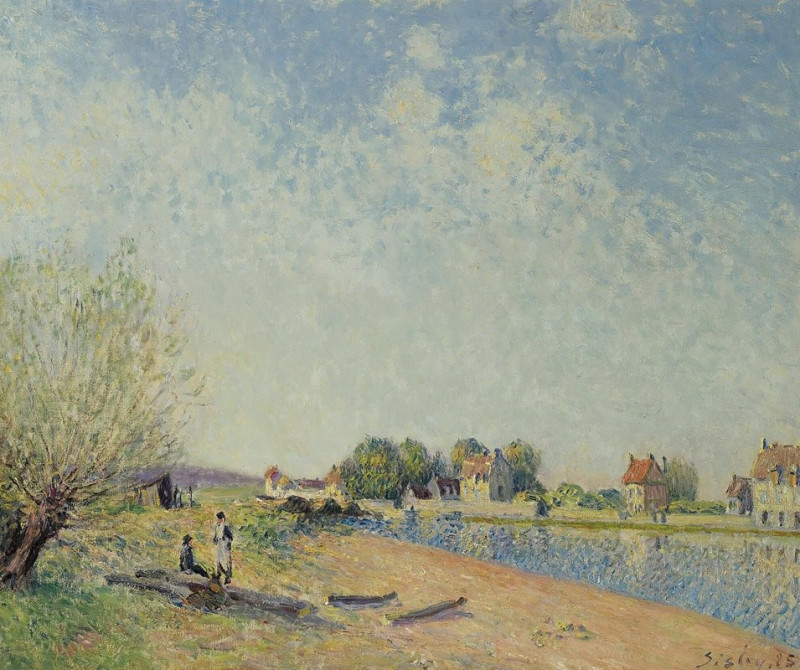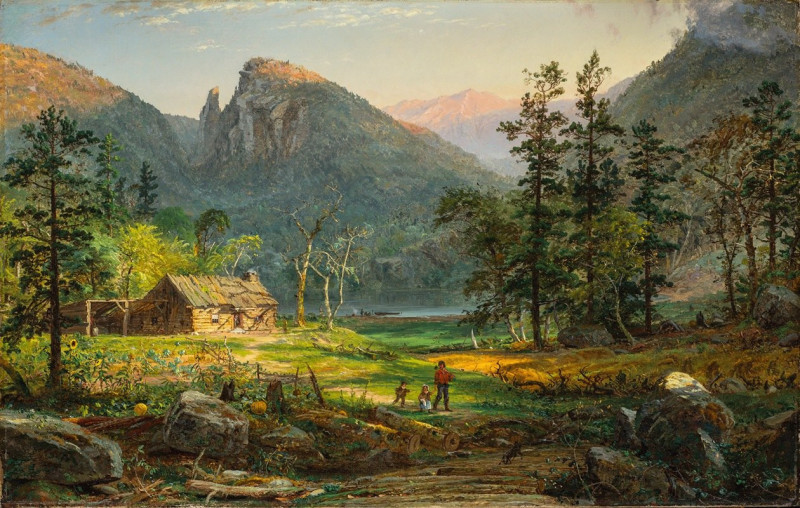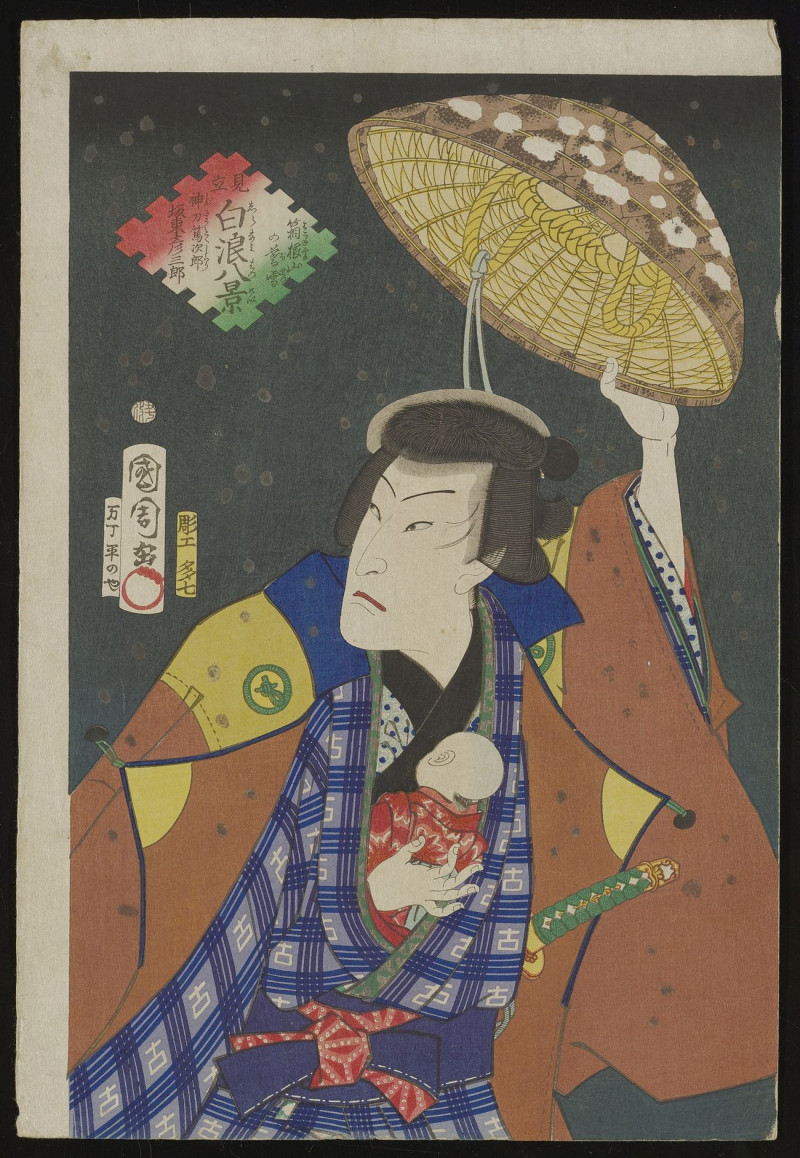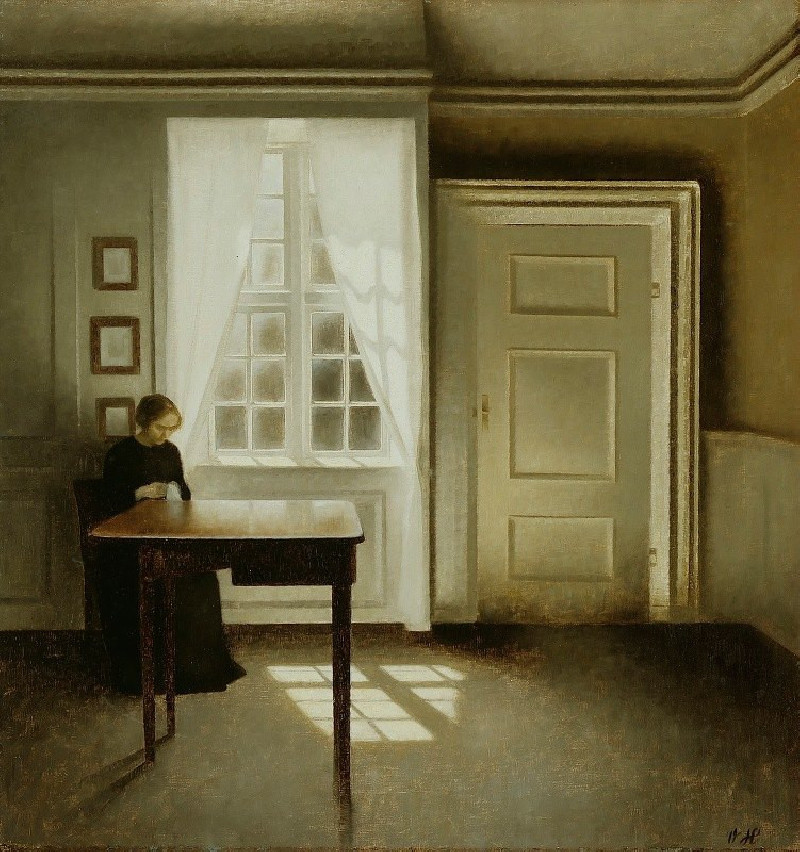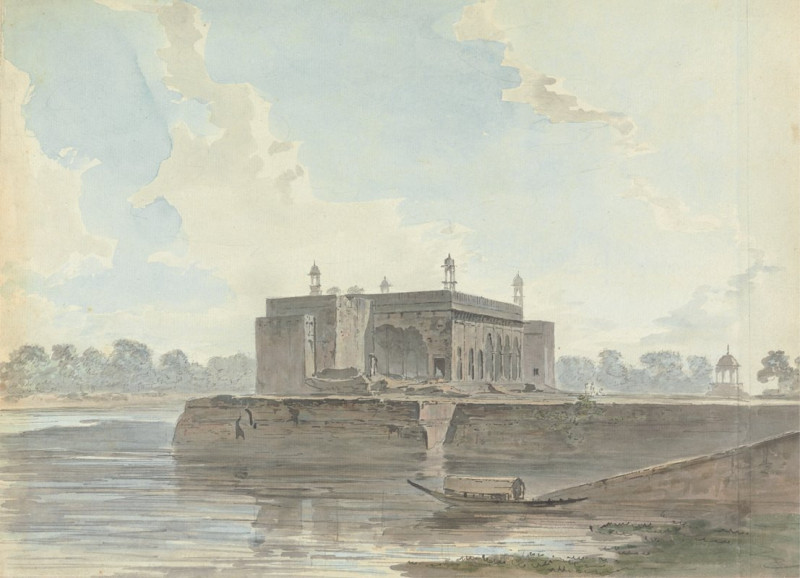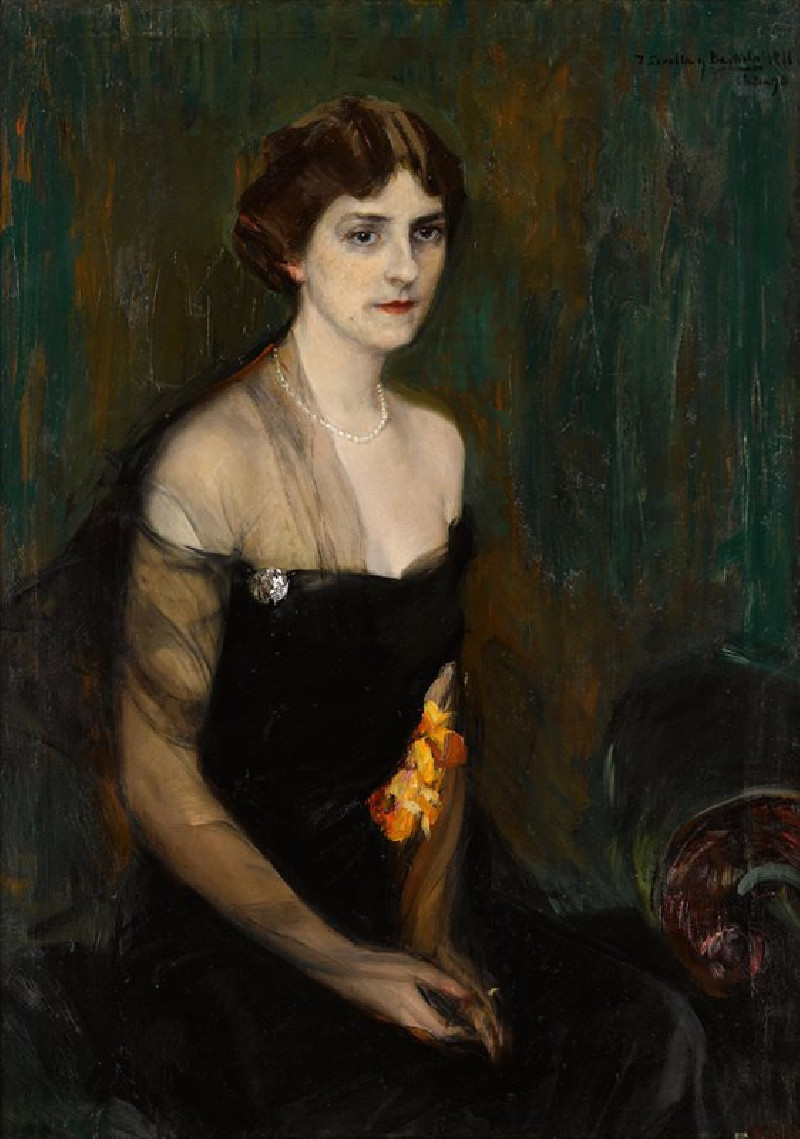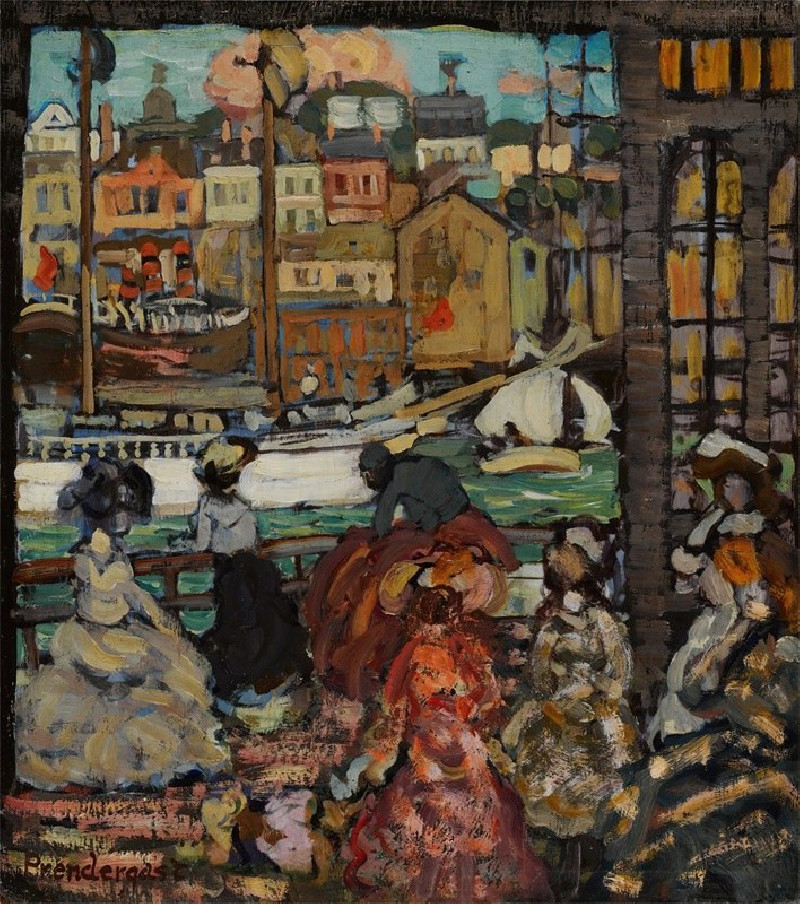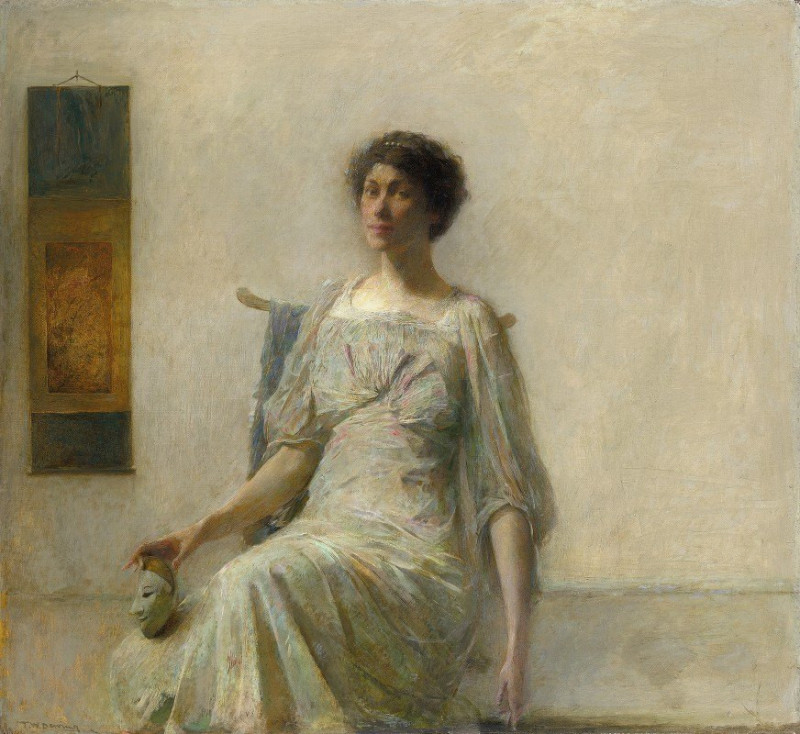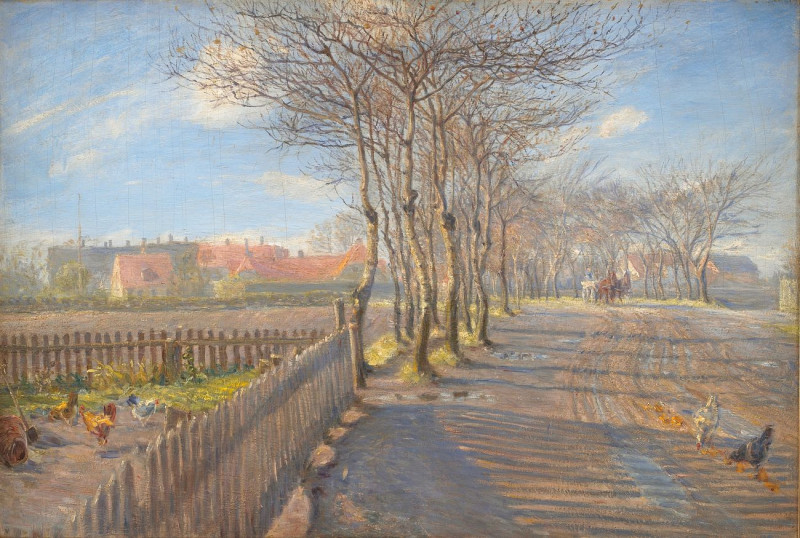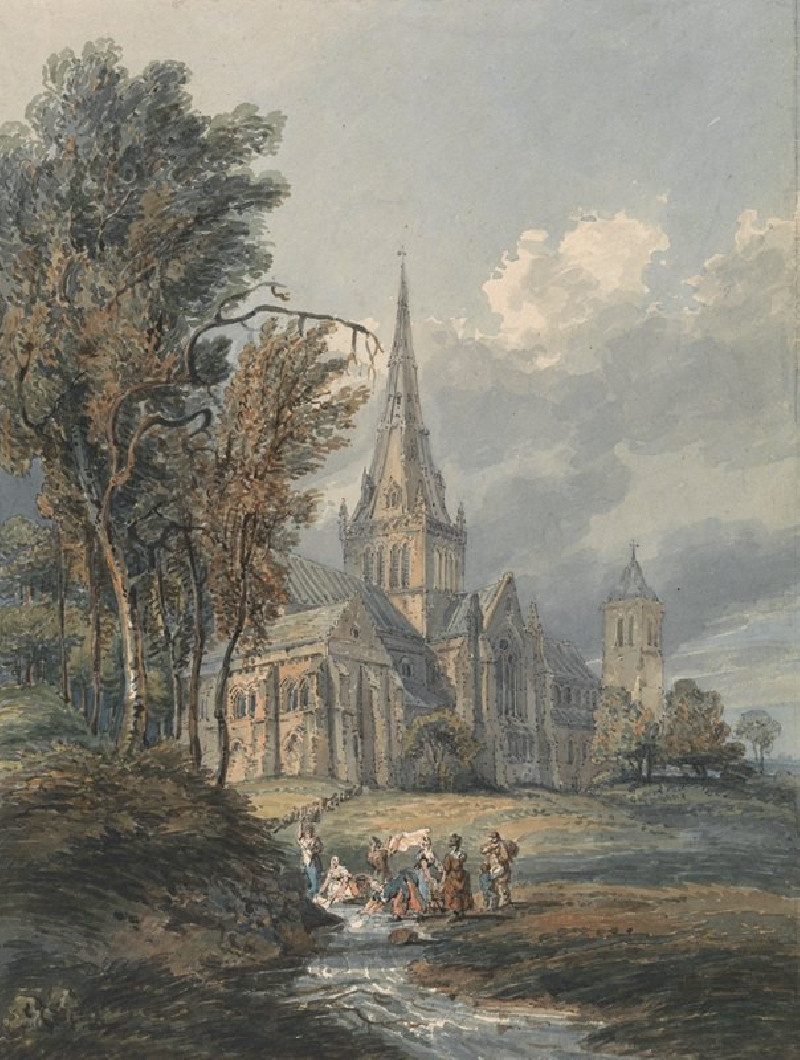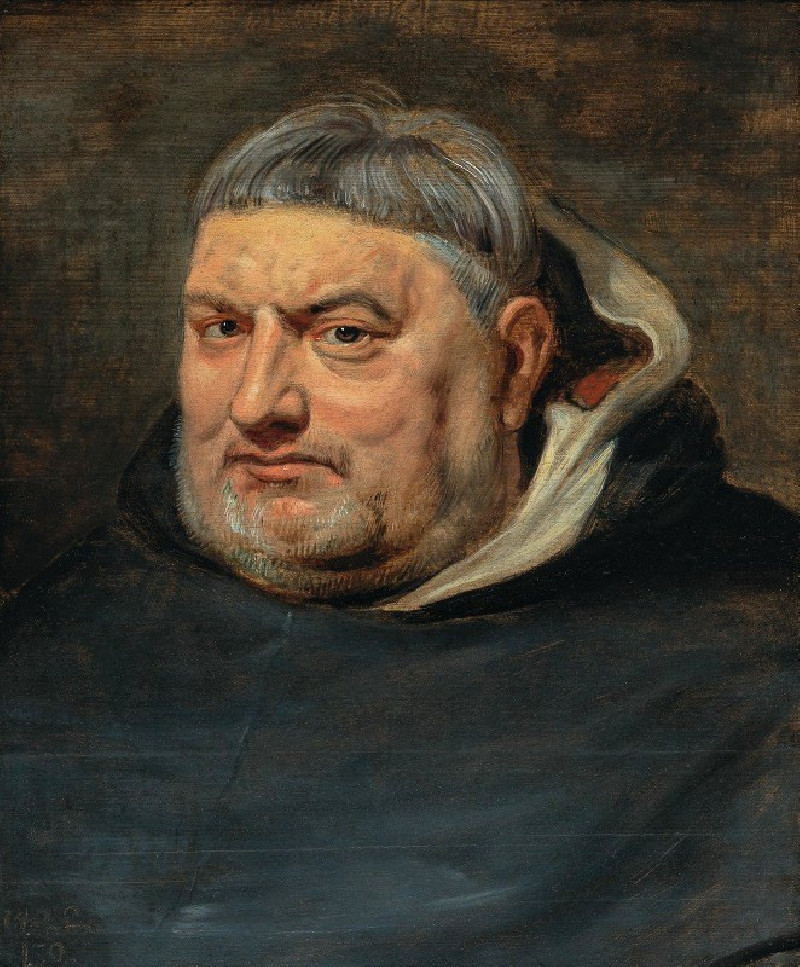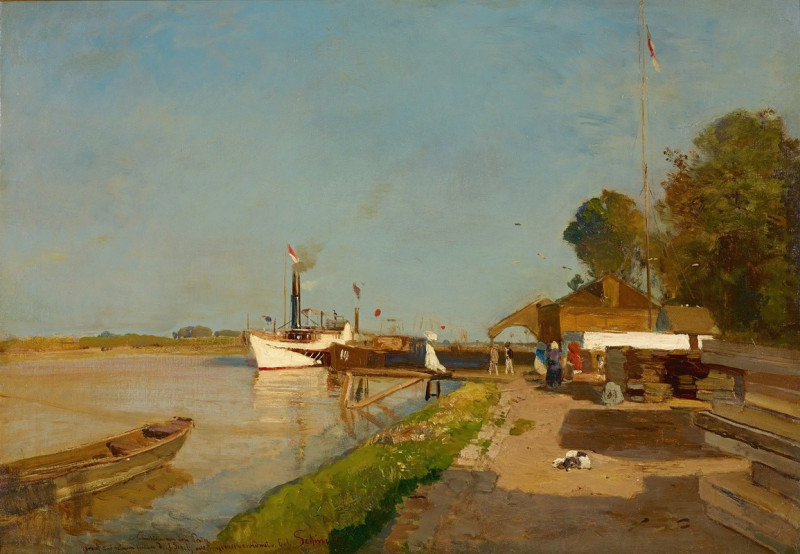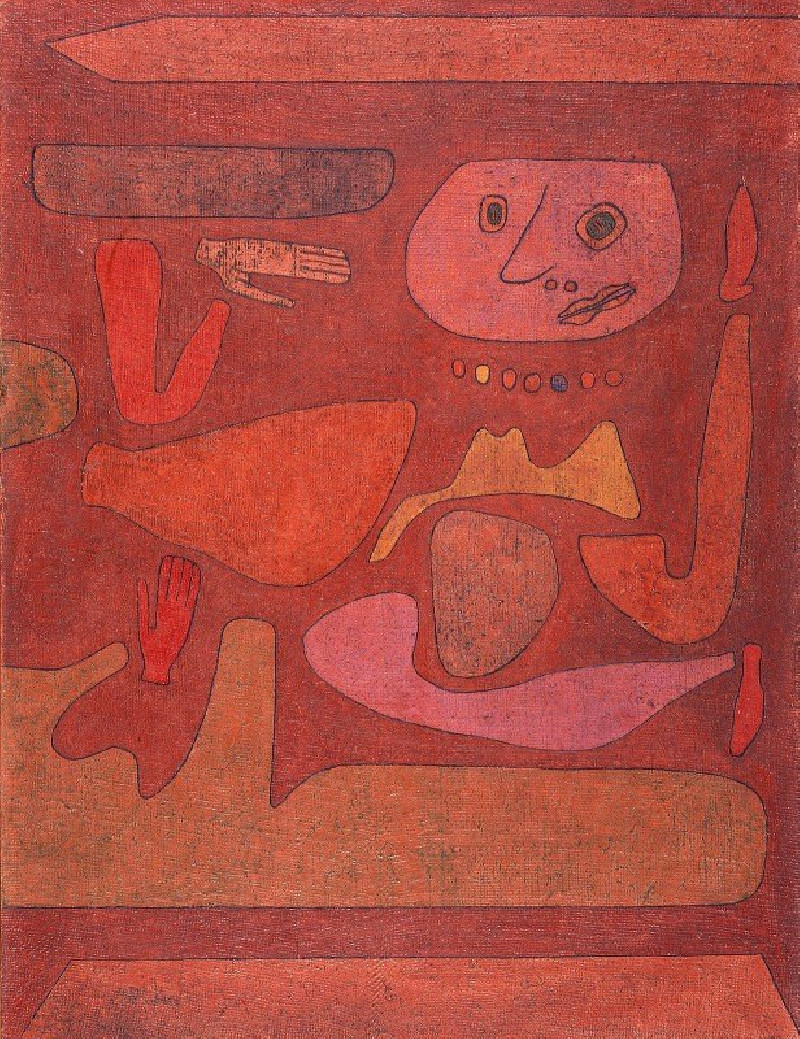The River Loing at Saint-Mammes (1885)
Technique: Giclée quality print
Recommended by our customers
More about this artwork
Alfred Sisley, renowned for his impressionistic style, presents a serene landscape in the exquisite painting, "The River Loing at Saint-Mammes." This artwork, created in 1885, offers a glimpse into the tranquil daily life and natural beauty along the banks of the River Loing.The composition of the painting is masterfully crafted; Sisley captures the reflective water of the river, with gentle ripples that seem to animate the surface. The water mirrors a vivid sky and some surrounding foliage, creating a dynamic interplay of light and color. On the right, a lush, densely leafed tree dominates, its greens appearing vivid against the blue of the sky. This natural element balances the more structured, human-made buildings on the left side of the composition.These buildings, characterized by traditional architecture with visible chimneys and gentle pastel colors, speak to the rural charm of Saint-Mammes. The presence of these structures suggests a quiet settlement, one that coexists peacefully with its natural surroundings.Through his delicate brushwork and the soft blending of colors, Sisley conveys not just a place, but a moment of calm— a day perhaps early in summer where the light and air seem to hold a note of pastoral tranquility. The open sky, wide expanse of the river, and gentle human presence evoke a sense of timeless peace, characteristic of Sisley's work and the Impressionist movement's focus on light, momentary views, and the natural landscape.This painting not only captures the beauty of the French countryside but also embodies the essence of Impressionism through its focus on light, color, and everyday scenes.
Delivery
Returns
Alfred Sisley (1839–1899), an English impressionist artist, was renowned for his breathtaking impressionist landscape paintings. Born in 1839 to a wealthy family in Paris, Sisley spent most of his life in France. Despite being intended for a career in commerce, he rebelled and pursued his passion for painting as an amateur in the studio of Charles Gleyre, where he befriended artists Claude Monet and Pierre-Auguste Renoir. The financial loss of his family in the Franco-German War led Sisley to make a career out of his art, though it left him financially distressed. It wasn't until after his passing in 1899 that the true value of his work was recognized.


